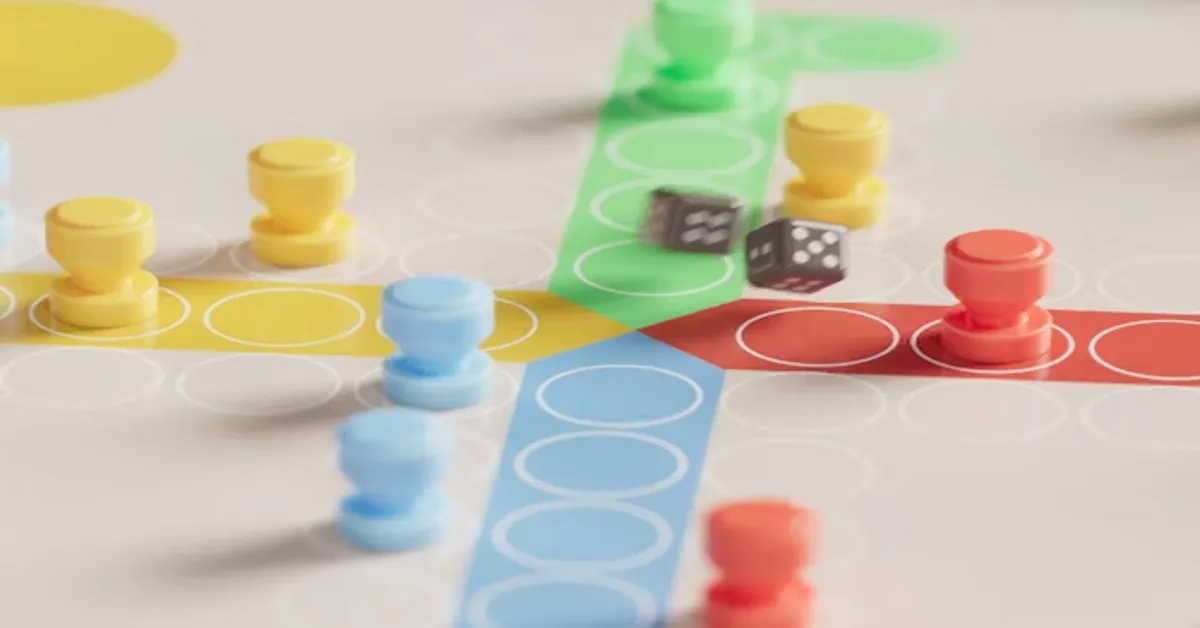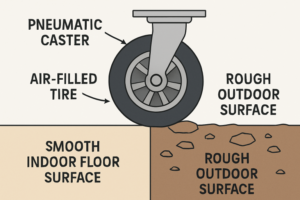Arcade games have been a cornerstone of casual gaming for decades, offering simple mechanics and fast-paced excitement that can entertain players of all ages. Among these classic arcade genres, the block-breaking game—often referred to as a “brick breaker”—has carved out a timeless place in gaming history. Google, known for its innovative products and playful approach to user engagement, has given its spin on this classic formula with the Google Block Breaker game. While it may not be as high-profile as other gaming titles or even Google’s own doodle games like Pac-Man or the Halloween ghost game, Google Block Breaker stands as a tribute to retro-style entertainment. This article delves into the heart of the Google Block Breaker game, exploring its design, gameplay mechanics, origins, variations, and even tips to master it.
The Concept of Block Breaker Games
Before we delve into the specifics of Google’s interpretation, it’s important to understand what a block breaker game is. Block breaker, or brick breaker, refers to a genre of arcade video games where the player controls a paddle at the bottom of the screen and uses it to bounce a ball toward rows of blocks positioned above. The goal is to break all the blocks by bouncing the ball off them while preventing the ball from falling off the screen. The game ends either when all blocks are destroyed or the player loses all their chances by failing to bounce the ball.
The earliest and perhaps most influential example of this genre was Breakout, developed by Atari in 1976. This was later enhanced in games like Arkanoid by Taito, which added power-ups, enemy obstacles, and various creative levels. These games laid the foundation for a wide range of brick-breaking games found on consoles, PCs, and mobile devices.
What Is Google Block Breaker?
Google Block Breaker is not a standalone downloadable game or an app found on the Play Store; rather, it refers to a browser-based, interactive experience that may be accessed either through a hidden Google Easter egg or via Google-provided platforms that showcase simple arcade-style games. Much like their popular doodle games, Google’s version of block breaker is accessible through the search engine itself or specific URLs during special promotions or events. In some cases, it was even included as a mini-game embedded in Google products like the old “Google Search Images” interface.
While Google hasn’t officially released a branded “Google Block Breaker” as a major game title, the name is often used by users to describe Google’s version of a brick-breaking game that mirrors the classic genre, often implemented as a clever integration within the browser.
Origins and Evolution
The origins of Google Block Breaker are deeply rooted in Google’s ongoing tradition of blending functionality with fun. Over the years, Google has released dozens of doodle games to commemorate events, holidays, anniversaries, and cultural milestones. Some of these, such as the Halloween games or the Olympic-themed doodles, have included mechanics similar to popular arcade styles, including maze-running, platformers, and of course, block-breaking.
One of the most well-known instances of Google Block Breaker came when users discovered that typing certain keywords into Google Image Search triggered a hidden game. In one version, users could launch a classic block-breaking experience using image tiles as the blocks. This interactive, game-based interface was celebrated by users for its nostalgia and simplicity, leading it to be affectionately known as “Google Block Breaker.”
Gameplay Mechanics and Interface
At its core, the gameplay of Google Block Breaker follows the traditional block-breaking format. The screen is divided into two main areas: the upper portion, which contains rows of blocks arranged in a grid or pattern, and the lower portion, where the user controls a paddle or bar. A ball bounces around the screen, and the player must use the paddle to keep the ball in play.
Here’s a more detailed breakdown of the gameplay mechanics typically associated with Google’s block breaker style game:
- Control System: Players usually control the paddle using the left and right arrow keys or by dragging the mouse. The paddle moves horizontally and is used to deflect the ball back upward.
- Ball Physics: The ball follows simple physics, bouncing off surfaces and changing angles depending on where it hits the paddle. If it strikes the center of the paddle, it goes straight; hitting the sides causes it to bounce at sharper angles.
- Block Interaction: Each block is removed when hit by the ball. Some variations have different types of blocks—standard, multi-hit, unbreakable, or blocks that release power-ups.
- Lives and Score: The game usually allows players to have multiple lives. Missing the ball results in losing one life. Points are scored for each block destroyed.
- Power-ups: In some versions, special items fall when a block is destroyed. These may include paddle extensions, multi-balls, lasers, sticky paddles, or extra lives.
- Levels and Difficulty: As the player progresses, the levels become harder. Blocks may be arranged more tightly or placed in positions that require strategic ball bounces.
Why Is Google Block Breaker So Popular?
Even though it’s a simple browser game, Google Block Breaker has remained popular for several reasons:
1. Accessibility
One of the main reasons for its popularity is accessibility. Being a browser-based game, there is no need to install software or applications. Users can start playing instantly on virtually any device—desktop, laptop, tablet, or smartphone.
2. Nostalgia
For many players, block breaker games evoke fond memories of arcade halls or early home computers. Google’s version taps into that nostalgia while maintaining a modern user experience.
3. Simplicity
The game doesn’t require extensive tutorials or steep learning curves. It’s intuitive and easy to understand, making it suitable for players of all ages and skill levels.
4. No Cost Involved
Since the game is freely accessible and doesn’t include in-game purchases, advertisements, or premium versions, players can enjoy uninterrupted gameplay.
5. Stress Relief
The repetitive and rhythmic gameplay, combined with the visual satisfaction of breaking blocks, can be quite relaxing. Many users play it to unwind during breaks or between tasks.
Educational and Cognitive Benefits
While often considered just a source of amusement, games like Google Block Breaker offer several cognitive and educational benefits:
- Hand-Eye Coordination: Players must align paddle movements with the ball’s trajectory, improving motor reflexes.
- Problem Solving: Players learn to anticipate ball movement and develop strategies to clear blocks efficiently.
- Focus and Concentration: The game requires consistent attention, enhancing mental focus.
- Stress Reduction: The simple and rhythmic nature can promote mindfulness and reduce anxiety.
These subtle advantages contribute to the game’s positive reception in both casual and professional settings.
How to Access Google Block Breaker
As of now, there’s no direct app named “Google Block Breaker” available in the Play Store. However, here are a few common ways players may encounter this game or similar variations:
1. Google Doodle Archive
Visit the Google Doodle archive and search for block-style games. While not officially titled “Block Breaker,” games with similar mechanics can be found and played directly in the browser.
2. Hidden Easter Eggs
Occasionally, Google introduces Easter eggs that resemble mini-games. Try searching specific phrases or exploring image searches in older versions of the interface.
3. Third-Party Variants
Many developers inspired by Google’s hidden games create similar browser games. These may be titled “Google Block Breaker” on casual gaming websites, though they aren’t officially affiliated with Google.
4. Google Chrome Experiments
Some independent developers upload interactive Chrome experiments that emulate classic arcade styles. While not from Google directly, they follow the same playful and exploratory spirit.
Strategies and Tips to Master Google Block Breaker
Whether you’re aiming for a high score or simply want to improve your gameplay, the following tips can help:
1. Master the Paddle
The paddle is your lifeline. Focus on controlling it precisely. Learning how the ball reacts when it hits different areas of the paddle will let you control its direction effectively.
2. Use Power-Ups Wisely
Not all power-ups are equally useful. While paddle extenders help cover more area, multi-ball can increase chaos. Learn to manage them to your advantage.
3. Clear Central Blocks First
Clearing blocks from the center often makes the rest of the level easier. It also gives you better angles to reach edge blocks.
4. Stay Calm Under Pressure
Don’t panic if you miss a shot or lose a life. Keep your focus and maintain steady control of the paddle.
5. Avoid Over-committing
Trying to catch every power-up or ball can lead to mistakes. Prioritize staying alive over catching every item.
The Future of Google Block Breaker
As gaming evolves, even simple games like block breakers can undergo transformation. We can expect future versions of Google Block Breaker or similar browser-based experiences to include:
- Multiplayer Modes: Compete with friends in real-time.
- AI Integration: Dynamic difficulty adjustment through machine learning.
- Augmented Reality (AR): Play the game projected into real-world settings.
- Customization Options: Personalized themes, sounds, and levels.
- Mobile Optimization: Smoother gameplay on smartphones and tablets.
Given Google’s history of innovation, it wouldn’t be surprising if we see an enhanced or reimagined version of this game as part of a broader gaming platform or special event.
Conclusion
Google Block Breaker is a brilliant blend of old-school arcade charm and modern browser convenience. Whether encountered as a hidden Easter egg, a Google Doodle, or through a casual game site borrowing the concept, its core appeal remains timeless. The simplicity of breaking blocks, the joy of deflecting a bouncing ball, and the small but satisfying victories make it a universal favorite. For those who grew up with Atari or early PC games, it’s a nostalgic journey. For younger players, it offers a window into the foundational mechanics of gaming.
As Google continues to experiment with browser-based games and digital experiences, it’s likely that block-breaking mechanics will remain a part of the journey. Easy to play, fun to master, and deeply rewarding, Google Block Breaker isn’t just a game—it’s a digital comfort zone in the chaotic world of modern technology.
ALSO READ: SFM Compile: A Comprehensive Guide to Source Filmmaker Compilation Process
FAQs About Google Block Breaker
1. What is Google Block Breaker and how can I play it?
Google Block Breaker is a browser-based arcade game inspired by classic brick-breaking games like Breakout. It’s often hidden in Google Doodles or image search Easter eggs and can be played directly in your browser without downloads.
2. Does Google Block Breaker have different levels or stages?
Yes, in most versions the game progresses through levels of increasing difficulty. As you clear more blocks, new arrangements and faster ball speeds present greater challenges.
3. Can I play Google Block Breaker on my mobile device?
Yes, the game is typically optimized for mobile play, allowing touchscreen interaction for paddle control. However, performance may vary based on the device and browser used.
4. Is there an official app for Google Block Breaker?
No, there is no official app named Google Block Breaker on the Play Store or App Store. It exists mainly as a web-based mini-game and is occasionally featured in Google’s doodles or browser experiments.
5. Are there any tips to improve my score in the game?
To score higher, focus on consistent paddle control, learn how the ball reacts to different paddle angles, use power-ups strategically, and aim to clear center blocks first for easier ball redirection.









